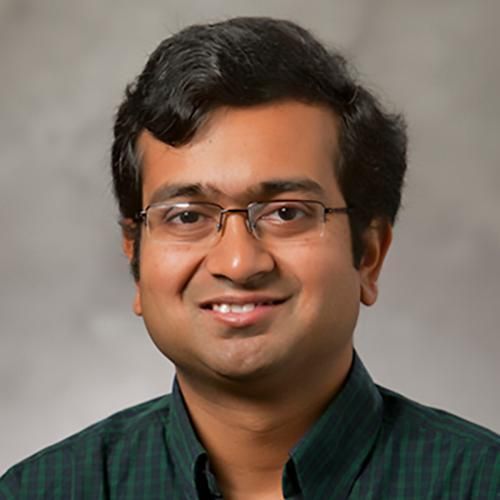A general framework for graph sparsification
We present a general framework for constructing cut sparsifiers in undirected graphs-weighted subgraphs for which every cut has the same weight as the original graph, up to a multiplicative factor of (1 ± ϵ). Using this framework, we simplify, unify, and improve upon previous sparsification results. As simple instantiations of this framework, we show that sparsifiers can be constructed by sampling edges according to their strength (a result of Benczúr and Karger [Approximating s-t minimum cuts in õ(n2) time, in Proceedings of the Twenty-Eighth Annual ACM Symposium on Theory of Computing, ACM, New York, 1996, pp. 47-55], [SIAM J. Comput., 44 (2015), pp. 290-319]), effective resistance (a result of Spielman and Srivastava [SIAM J. Comput., 40 (2011), pp. 1913-1926]), or edge connectivity. Sampling according to edge connectivity is the most aggressive method, and the most challenging to analyze. Our proof that this method produces sparsifiers resolves an open question of Benczúr and Karger. While the above results are interesting from a combinatorial standpoint, we also prove new algorithmic results. In particular, we give the first (optimal) O(m)-time sparsification algorithm for unweighted graphs. Our algorithm has a running time of O(m)+Õ(n/ϵ2) for weighted graphs, which is also linear unless the input graph is very sparse itself. In both cases, this improves upon the previous best running times (due to Benczúr and Karger [Approximating s-t minimum cuts in õ(n2) time, in Proceedings of the Twenty-Eighth Annual ACM Symposium on Theory of Computing, ACM, New York, 1996, pp. 47-55], [SIAM J. Comput., 44 (2015), pp. 290-319]) of O(m log2 n) (for the unweighted case) and O(m log3 n) (for the weighted case), respectively. Our algorithm constructs sparsifiers that contain O(n log n/ϵ2) edges in expectation. A key ingredient of our proofs is a natural generalization of Karger's bound on the number of small cuts in an undirected graph. Given the numerous applications of Karger's bound, we suspect that our generalization will also be of independent interest.
Duke Scholars
Published In
DOI
EISSN
ISSN
Publication Date
Volume
Issue
Start / End Page
Related Subject Headings
- Computation Theory & Mathematics
- 4903 Numerical and computational mathematics
- 4901 Applied mathematics
- 4613 Theory of computation
- 0802 Computation Theory and Mathematics
- 0101 Pure Mathematics
Citation
Published In
DOI
EISSN
ISSN
Publication Date
Volume
Issue
Start / End Page
Related Subject Headings
- Computation Theory & Mathematics
- 4903 Numerical and computational mathematics
- 4901 Applied mathematics
- 4613 Theory of computation
- 0802 Computation Theory and Mathematics
- 0101 Pure Mathematics

